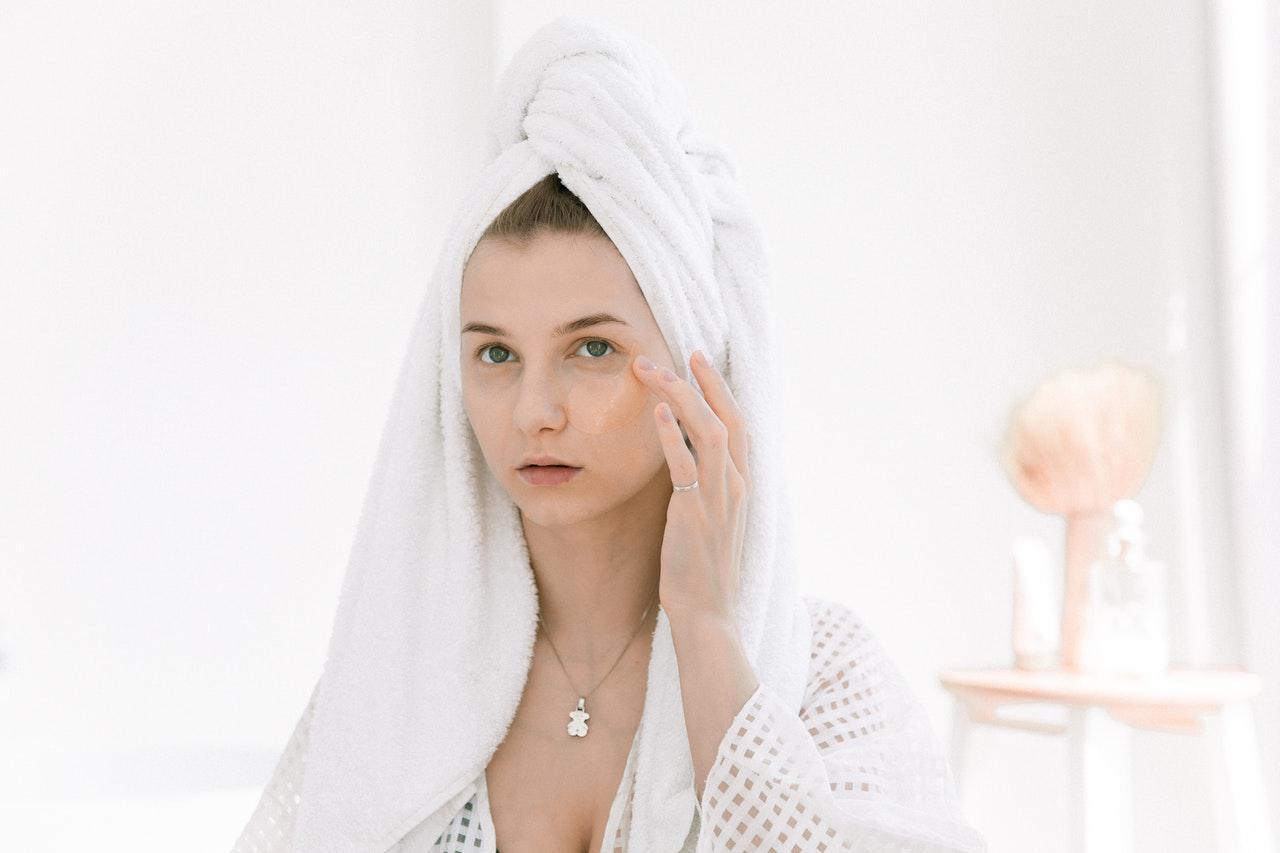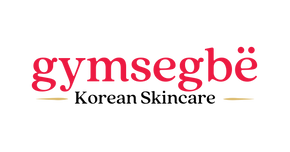Everything you Need to Know About: Retinol

Everybody is talking about retinol in skincare. When it comes to fine lines, wrinkles, and obvious glow on the face, retinol is the only ingredient that can help. However, it is still a mystery for some. Even after hearing about it so many times, you don’t know what it is, and how to use it? Look no further, because we have the answers to all your questions.
Fast Facts About: Retinol
Ingredient type: Antioxidant
Benefits: Increased cell turnover, regulated oil production, and boosting collagen production
How Often to Use It: Start slow, twice a week, and then apply at night before your usual moisturizer
Works With: Niacinamide, hyaluronic acid, ceramides
Don’t Use With: Heavy exfoliators, vitamin C, AHA, BHA, astringents, and toners
Who can Use It: Anyone who want to hide the signs of aging
Who Can’t Use It: Pregnant women, women who are nursing, those with eczema or rosacea

What is Retinol?
Retinol, alongside other retinoids, such as retinoic acid, and retinyl palmitate, is a derivative of vitamin A. This vitamin is one of the crucial ones that increases and boosts cell turnover. It is usually added to skincare products so it can change the look on the skin, promote skin renewal, brighten it, reduce acne, and boost collagen production.
Usually, products have only a small amount of retinol in them, since pure retinoic acid is available only on prescription. Retinol is an ingredient that stands as a golden standard in both skincare and medicine since it can be used for many different things.
The Difference Between Retinol, Retinoid, and Retin-A
Both retinol and Retin-A are in the class of retinoids. While they both have the same or similar functions, Retin-A is a prescription product that is potent and slightly more effective. On the other hand, retinol requires a conversion in the skin to the active form. Retin-A is also good at diminishing wrinkles, fine lines, and fighting against acne. It improves the look of the face and reduces the pore size by boosting cell turnover and smoothing the skin surface.
Benefits of Using Retinol
As mentioned, all retinoids have benefits for the skin. Even if you are only thinking about incorporating it into your daily skincare, these are the benefits to have in mind.
Reduces Signs of Aging
Probably the biggest benefit of retinol is that it works on smoothing those fine lines. It does that by boosting collagen and cell turnover. When you start using retinol you will notice how the skin looks more glowy and smoother.
Fight Acne
Retinol reduces the overactive oil that causes your face to break out and pores to clog. It clears skin, making those pores look smaller, and can even prevent any future breakouts.
Another amazing thing retinol does is boost the effect of active ingredients in other products that you use to fight acne. Combining it with other products was never easier.
Boosts Collagen Production
As mentioned, one of the main functions of retinol is improving wrinkles and fine lines. However, it also boosts collagen production and elastin by slowing the enzyme that breaks them down.
Evens Skin Tone and Hyperpigmentation
Retinol can smooth the texture of the skin, but with continuous use, you can notice that it also works on reducing hyperpigmentation and sun damage on the surface of the skin. The antioxidants help reduce or lighten dark spots on the skin.

Photo by cottonbro from Pexels
Side Effects to be Aware of
The three biggest side effects of retinol are dryness, irritation, and peeling of your skin. That is why dermatologists say it is not suitable for sensitive or skin prone to eczema and rosacea. Still, you might be able to use it, but gradually, watch for all signs your skin gives you.
Retinol also makes skin more sensitive to other products, sunlight exposure, or procedures. Avoid using harsh exfoliators, AHA, and BHA scrubs because these combinations can irritate the skin and dry it out.
How to Use Retinol
The best advice you will get about incorporating retinol into your skincare routine is to do it slowly. Don’t expect instant results. The first ones will be seen after six weeks or so.
Start by incorporating a simple retinol routine. In the morning go for your usual skincare products: gentle cleanser, toner, serum, and moisturizer with SPF. At night, wash the face with a cleanser, apply the retinol, followed by moisturizer. Give your skin a chance to get adjusted and apply retinol twice a week. Watch how your skin reacts and slowly increase the dosage. A pea-sized amount for the whole face is more than enough.
















